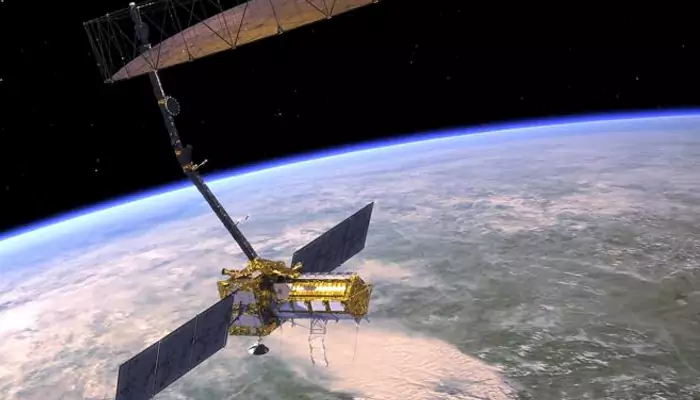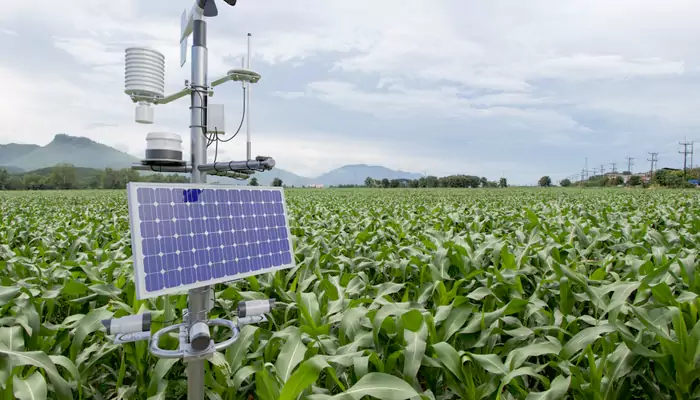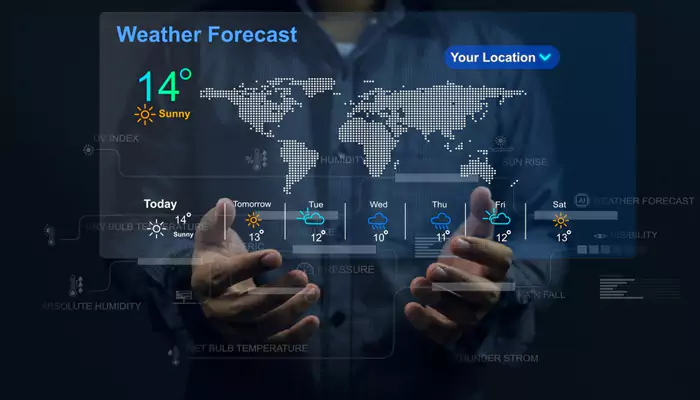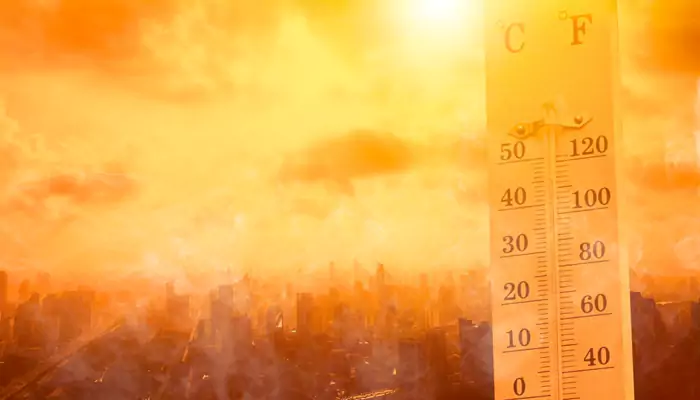
Every year on March 23, World Meteorology Day is observed to remind us about the crucial role of weather in our daily lives.
From predicting cyclones to understanding climate change, meteorology has evolved substantially over last couple of decades. However, with the rise of nodern technologies and artificial intelligence (AI), experts are predicting the future of weather forecasting to be more precise and impactful than ever.
Basically, meteorology is that domain of science where atmosphere, weather patterns, climate changes, and natural disasters like hurricanes and heatwaves are studied extensively. Historically, weather forecasting has been dependent on manual observations, barometers, and conventional models. But with the rapid advancement of technologies, meteorologists are relying on powerful tools to predict weather with greater accuracy.

Weather satellites that orbit the Earth, capture real-time images of clouds, storms, and changing climate patterns. Advanced radar systems are useful in tracking precipitation, wind speeds, as well as varying atmospheric conditions, helping experts provide timely warnings about severe climatic events.
Modern-day supercomputers process a vast amount of atmospheric data to provide highly accurate weather models. State-of-the-art simulations predict temperature shifts, storms, and climate trends with astounding detail.

Nowadays, Internet of Things (IoT) has enabled smart weather stations to collect hyper-local data from sensors in cities, farms, and remote areas.
The weather prediction has reached a new level with Artificial intelligence (AI) in following ways:
Machine learning (ML) algorithms analyze previous weather patterns, real-time satellite images, and available atmospheric data to make faster and more precise predictions. This makes weather reports more reliable.

AI-driven models detect extreme weather events like hurricanes, floods, and heatwaves in advance to give more time to prepare, saving lives and property before calamity.
AI helps scientists analyze long-term climate trends and predict upcoming environmental changes. By processing available datasets, AI identify warming patterns, rising sea levels, and extreme weather shifts.
The combination of AI, cloud computing, and real-time data will certainly make meteorology more advanced in the coming years. Some exciting future developments are as follows:
Hyper-local Forecasting: AI will provide weather predictions to help farmers, airlines, and outdoor industries to make informed decisions.
Climate Adaptation Strategies: AI is expected help governments to develop policies in tackling climate change effectively.

AI-driven Climate Monitoring: AI-powered drones and satellite networks continuously monitor Earth’s changing climate.
There are numerous weather and climate observation satellites, including GOES, Meteosat, and MetOp, which provide important data for weather forecasting, climate monitoring by observing Earth's atmosphere from space.
On this World Meteorology Day, we celebrate the power of science and technology to better predict, adapt, and protect ourselves from the forces of nature. Weathering the future is becoming even more smarter!